![]() 20 Dec 2023
20 Dec 2023
Advancing Agriculture: Enhancing Crops and Productivity
The production, improvement, and management of crops are integral aspects of agriculture, vital for ensuring food security and sustainable farming practices. This multifaceted domain encompasses methods to enhance crop yields, develop resilient varieties, and employ effective management strategies, collectively contributing to the advancement of agricultural productivity and global food systems.
Sustainable Production of Crops for Growing Populations
Integrated Farming Practices for Optimal Management of Crops
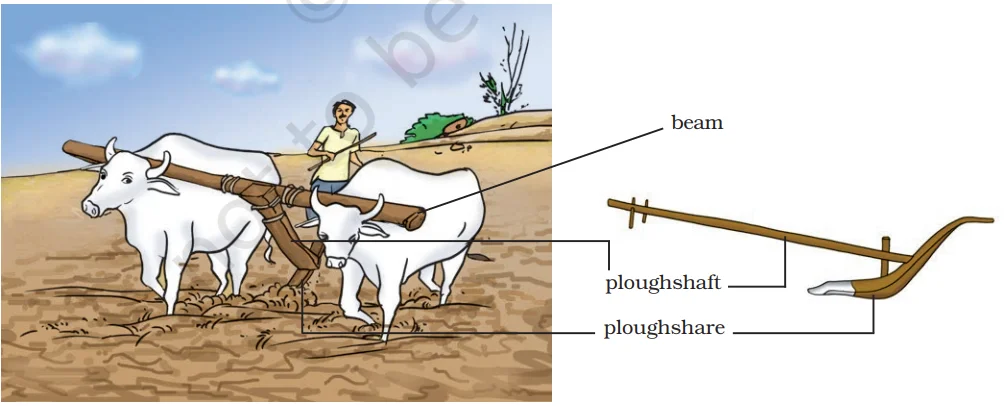
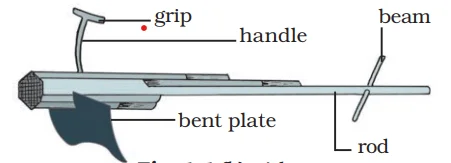
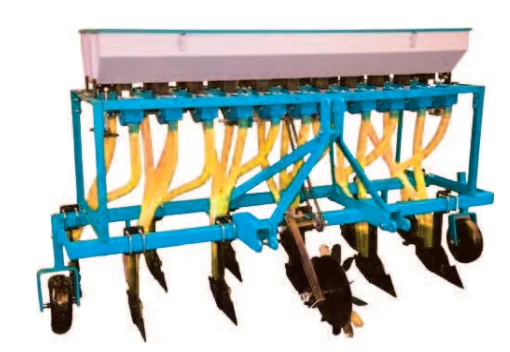
Nutrient Nourishment: Enhancing Health and Yield of Crops
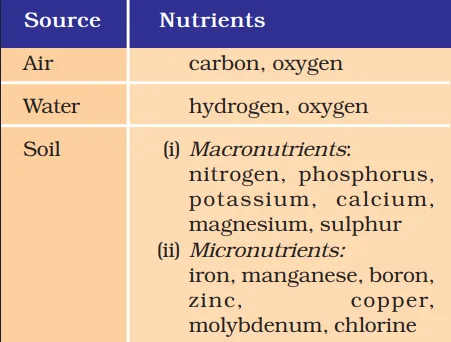
Manure vs. Fertilizers in Nutrition of Crops
| Fertilizer | Manure |
|
|
|
|
|
|
|
|
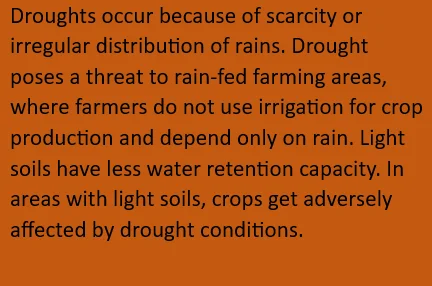
<div class="new-fform">
</div>